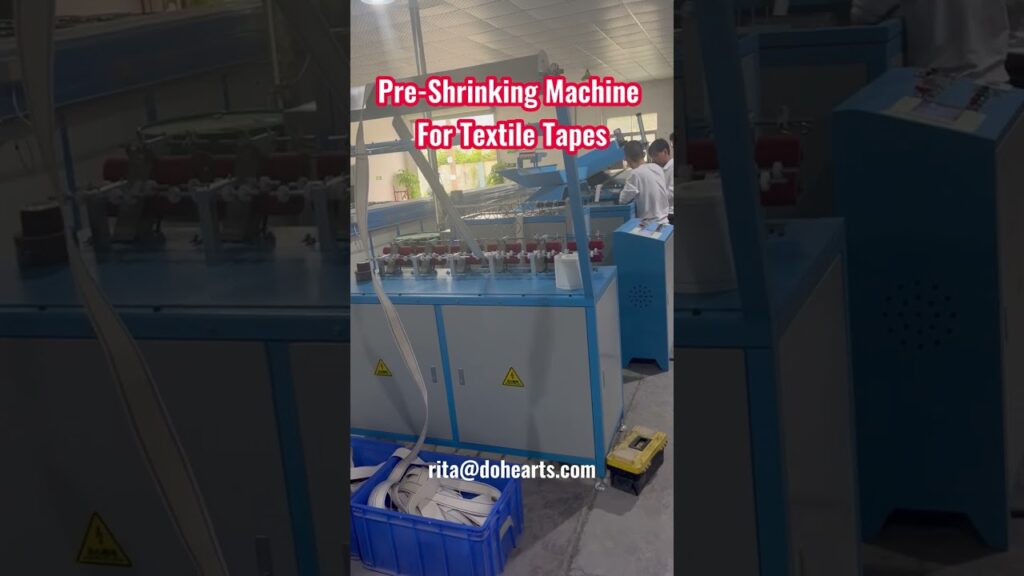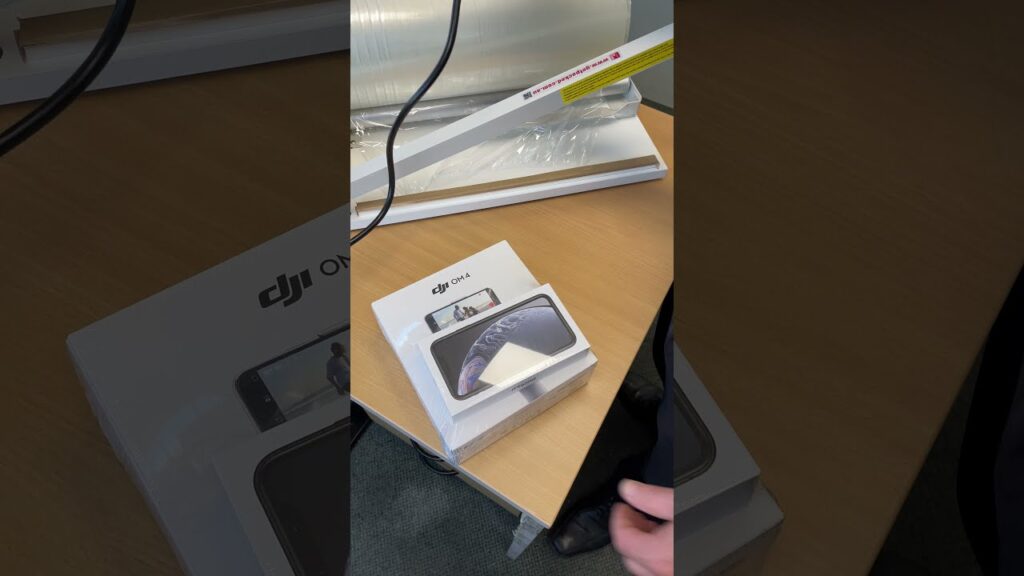Shrinking Machine: Revolutionizing the Fabric Industry
When it comes to the fabric industry, innovation is key. A new development in the field is the introduction of the shrinking machine, which has the capability to shrink webbing fabric elastic in advance. This groundbreaking technology has the potential to transform the way fabrics are produced, enhancing their quality and durability. In this article, we will explore the benefits of the shrinking machine and how it is revolutionizing the fabric industry.
The shrinking machine, as the name suggests, is designed to shrink webbing fabric elastic in advance. This process involves treating the elastic with heat and pressure to reduce its size. Traditionally, this was done manually, which was time-consuming and often led to inconsistencies in the final product. However, with the introduction of the shrinking machine, this process has become automated, ensuring a consistent and uniform result every time.
One of the key advantages of using a shrinking machine is the improvement in the quality and durability of the fabric. By shrinking the webbing fabric elastic in advance, the fabric becomes more resistant to wear and tear. This makes it ideal for applications where strength and longevity are crucial, such as in the production of industrial belts or safety harnesses. Additionally, the process of pre shrinking the fabric also helps to minimize any potential shrinkage that may occur during the garment manufacturing process, ensuring a better fit and overall satisfaction for the end consumer.
Another benefit of using a shrinking machine is the increased efficiency it brings to the fabric production process. With the automated nature of the machine, it is able to shrink multiple pieces of fabric simultaneously, significantly reducing production time. This not only increases productivity but also allows manufacturers to meet tight deadlines and deliver products to the market faster. Additionally, the shrinking machine enables manufacturers to produce fabrics in larger quantities, thereby catering to the growing demand in the industry.
In terms of environmental impact, the shrinking machine offers a more sustainable solution compared to traditional methods. By automating the process, the machine minimizes the need for manual labor, reducing the overall energy consumption and carbon footprint. Additionally, the consistent and uniform result achieved through the shrinking machine means that there is less wastage, as fabrics are less likely to be discarded due to inconsistencies or defects. This not only reduces waste but also contributes to a more cost-effective production process.
The introduction of the shrinking machine has also opened up new possibilities for designers and manufacturers in terms of fabric innovation. With the ability to pre shrink the fabric elastic, designers can explore new materials and textures, knowing that the shrinking machine can handle the production process effectively. This allows for greater creativity and experimentation in design, ultimately leading to unique and groundbreaking fabric products.
Overall, the shrinking machine has revolutionized the fabric industry in numerous ways. From its ability to enhance fabric quality and durability to its increased efficiency and sustainability, this technology is shaping the future of fabric production. As the demand for high-quality fabrics continues to grow, the shrinking machine provides a cutting-edge solution for manufacturers, enabling them to meet market demands effectively.
In conclusion, the shrinking machine is a game-changer in the fabric industry. With its automated process, it offers consistent and uniform results, improving the quality and durability of fabrics. Its efficiency and sustainability also make it an attractive option for manufacturers. As we look to the future of fabric production, the shrinking machine will undoubtedly play a significant role in driving innovation and meeting the evolving demands of the industry.
Shrinking Machine
“Efficient Pre-Shrinking Technique for Elastic Webbing Fabric Using Advanced Shrinking Machine”


